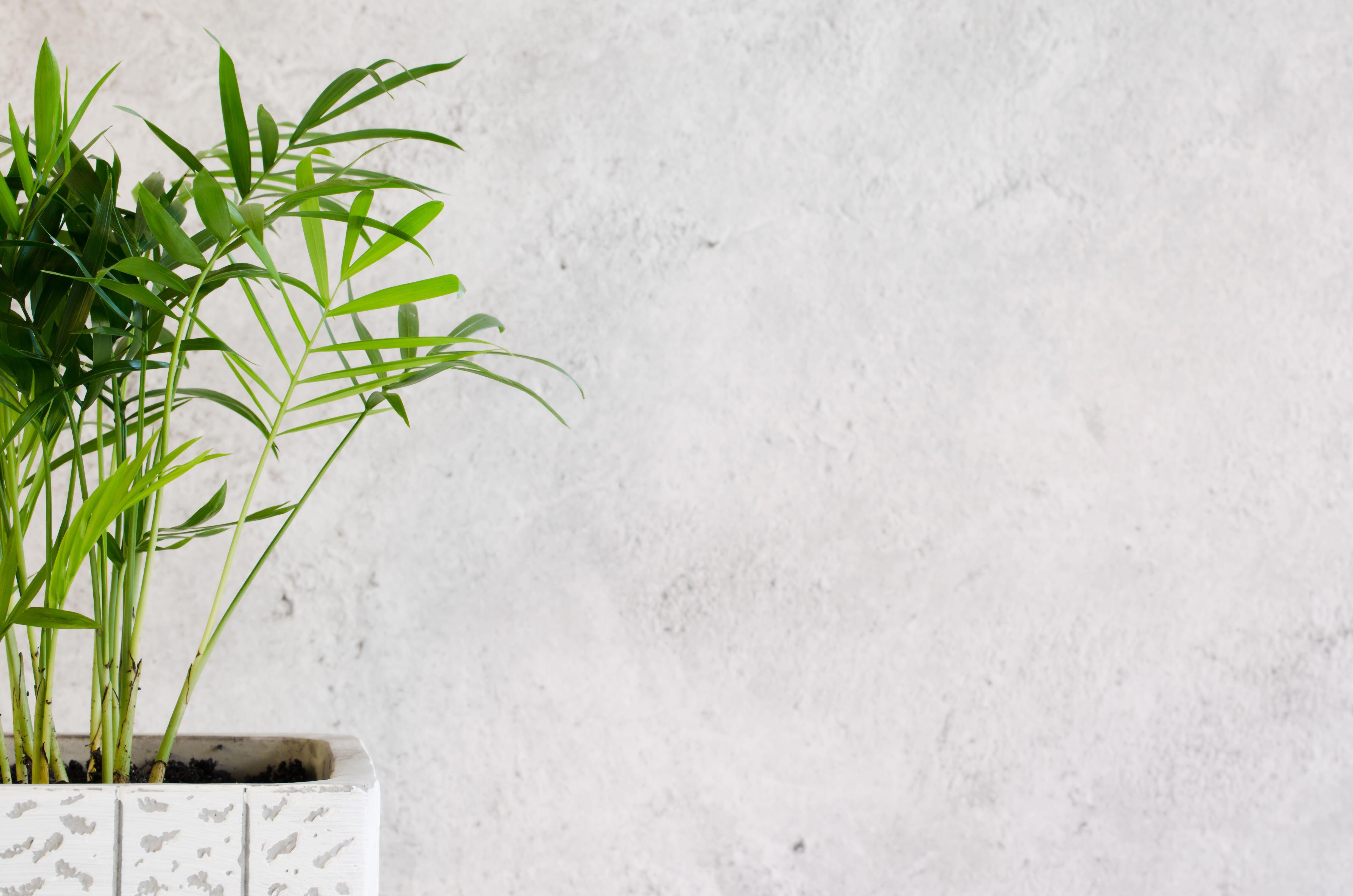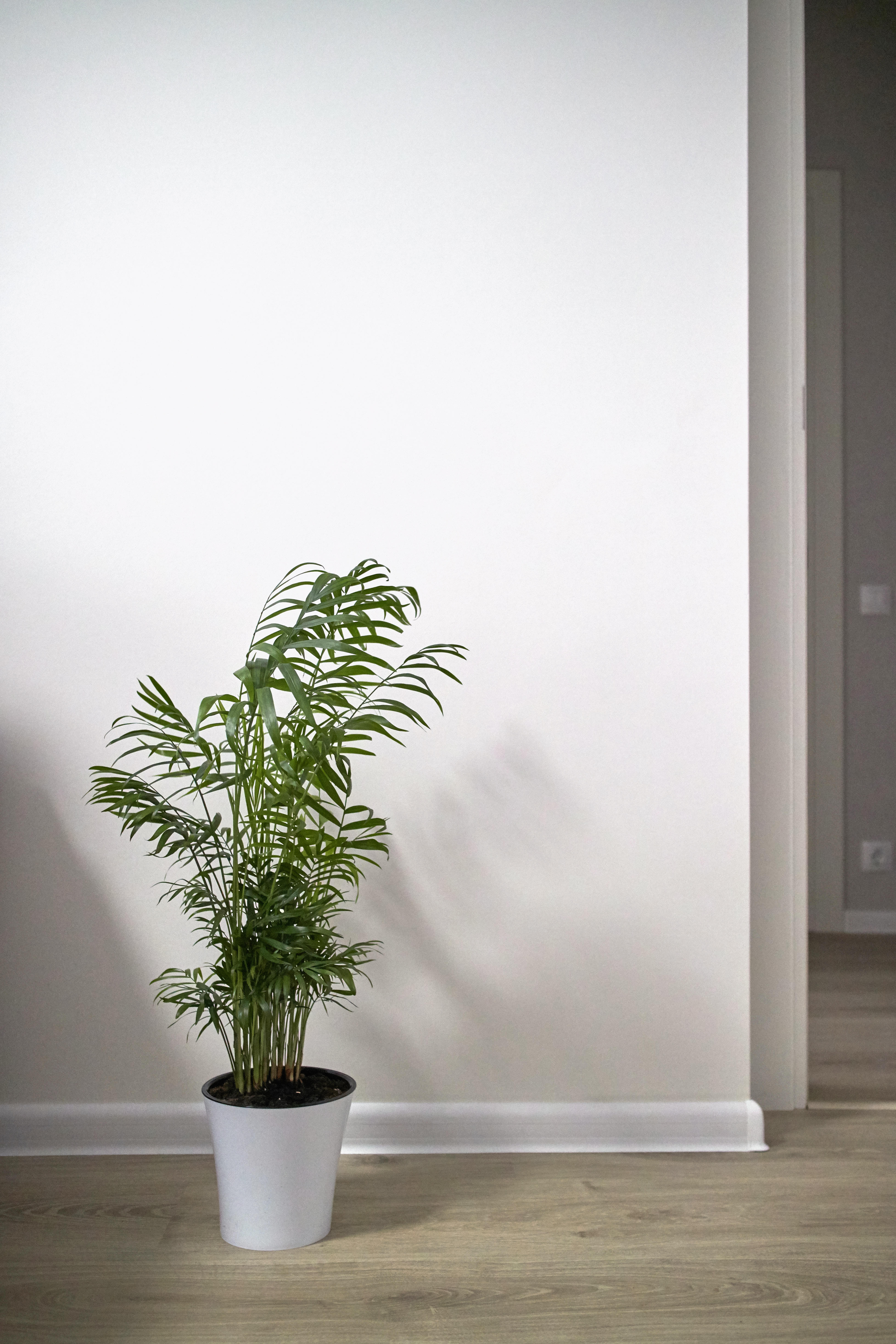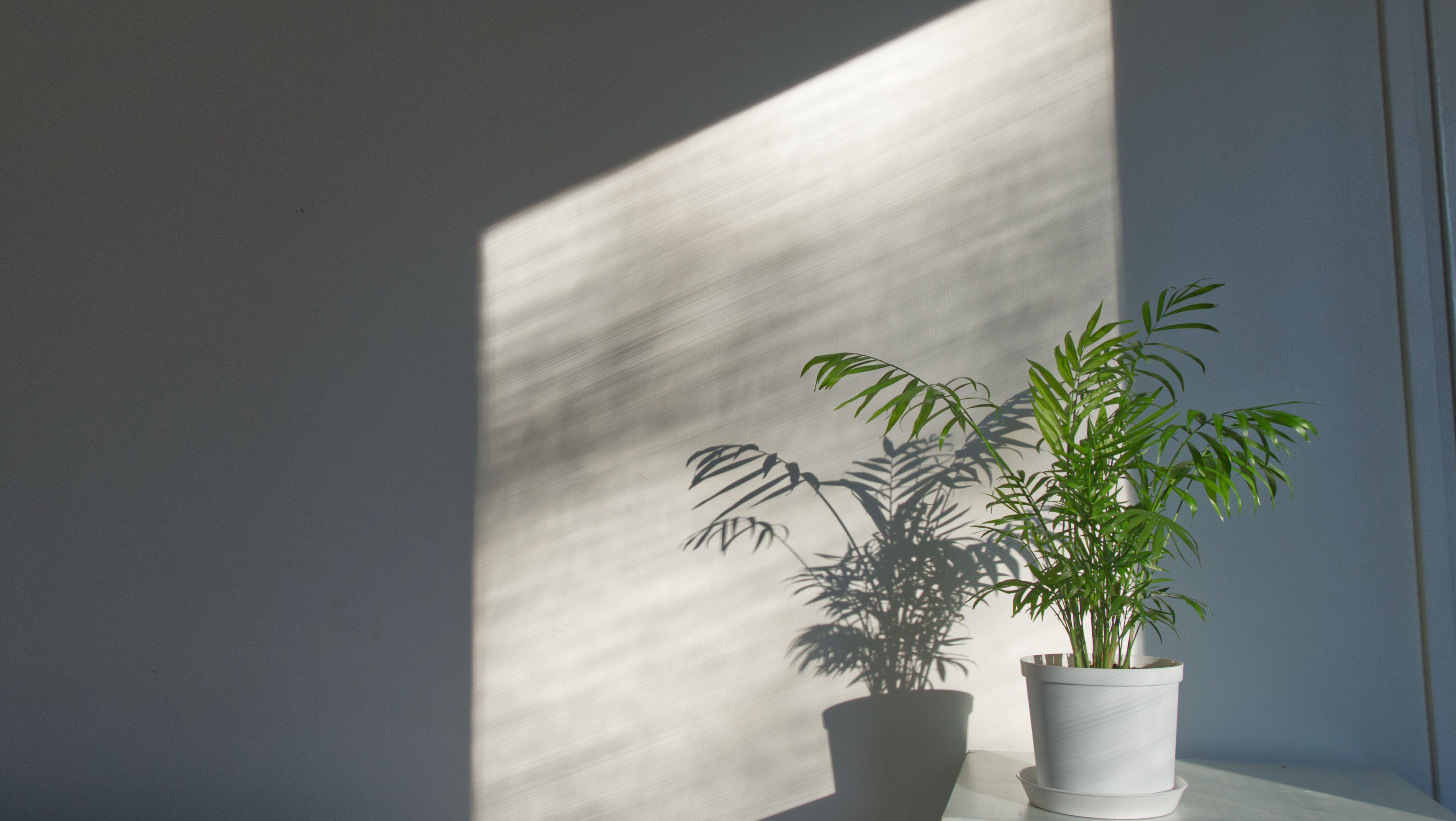Parlor palm care - the foolproof 3 step guide to looking after this elegant houseplant
Parlor palm care is easy if you know how, and plant experts share their secrets for flourishing fronds


Parlor palm care is - you'll be pleased to hear - relatively simple. Yet as a houseplant, its exotic looking leaves add a hint of central American jungle, a call of the wild in an urban home.
Otherwise known as Chamaedorea, the parlor palm grows in clusters of leafy foliage with tall, slim stems. Originating from subtropical regions where it grows near the forest floor, the plant prefers low-light and is generally low maintenance, making it suitable for those who aren’t so green thumbed.
Parlor palms make great houseplants as they grow slowly and thrive in less bright areas of the home that other plants can’t tolerate. ‘Not only do they look fantastic, but they’re also easy to look after, pet-friendly and superstars at cleaning nasty pollutants from our air indoors,’ says Viki O’Hagan, plant expert at The Stem.
Plants are usually about a foot tall, but with the right conditions and occasional repotting, they can grow over six feet.
‘They come in an array of sizes, so it can make a great desk buddy or a show stopping centerpiece,’ says Jo Lambell, founder of Beards & Daisies and author of plant care guide, The Unkillables. ‘Often overshadowed by its cousins Kentia and Coconut, the Parlor Palm delivers just as much impact with its lush, fluffy fronds and tropical vibes.’
Jo also praises the palm’s hardy nature. ‘It’s a really easy-going plant, making it one of the best houseplants for beginners, and it brings a burst of green to any room.’
‘This exotic palm looks fancy, but they're actually really easy to take care of and will bring a simple elegance to the home,’ adds Richard Cheshire, plant doctor at Patch Plants. ‘They make a great all-rounder - they're almost unkillable, look fantastic and they're pet-friendly.’
The Livingetc newsletters are your inside source for what’s shaping interiors now - and what’s next. Discover trend forecasts, smart style ideas, and curated shopping inspiration that brings design to life. Subscribe today and stay ahead of the curve.
Parlor palm care in 3 easy steps

1. Keep away from direct sunlight
In its natural habitat, the dense canopy of the rainforest prevents the Parlor palm from exposure to direct sunlight. This means unlike other popular houseplants such as succulents it will be happiest away from your windowsill.
‘Parlor Palms like a medium level of natural light,’ says Viki of The Stem. ‘They need to be in a room that gets plenty of light but shouldn’t be exposed to too much direct sun, which can scorch leaves. This makes them best placed near a north-facing window.’
‘Don’t be deterred if your house is on the shady side,’ adds Jo of Beards & Daisies. ‘This clever plant is very adaptable, so you can place it pretty much wherever you like!’
It’s worth knowing however that Parlor palms are slow growers, so very low lighting might stunt their growth. ‘Parlor palms will tolerate low-light and infrequent watering, but to really thrive they'll love to be in a sunny room but away from the window so it benefits from the bright light, while avoiding sunburn,’ notes Richard from Patch Plants.
2. Don’t risk over watering

If you struggle knowing how often you should water houseplants, you’ll be glad to hear Parlor palms only like a moderate amount of water and can easily be overwatered if given too much care and attention.
‘The Parlor Palm is quite the tough cookie and can cope with some unintentional neglect, but it does get thirsty in the warmer months,’ explains Jo, founder of Beards & Daisies. ‘Check the soil weekly, and if the top two inches of soil feel dry to the touch, it’s watering time.’
Make sure you have a well-draining, peaty soil to avoid the plant retaining too much water, as this can cause the root and stem to rot.
During the winter you can get away with watering less frequently, but keep an eye on your Parlor palm for signs of underwatering, such as yellowing leaves. This can easily be fixed by providing it with a big drink once a week. Be careful not to swing too far the other way, though - underwatering is safer than overwatering with these plants.
3. Replicate a humid climate
As these fronded friends are native to Mexico’s forests, they enjoy high humidity and warmer conditions, making them great additions to a modern bathroom. ‘They benefit from being misted regularly,’ explains Viki, who also recommends using a half strength liquid fertilizer every other month during the growing season (late spring to late summer).
If your Parlor is elsewhere in the home, give it a regular spritz using a plant mister. ‘Aim for once or twice per week,’ says Jo, Beards & Daisies. ‘This will increase the moisture in the air and prevent crispy or browning leaves. If you notice this still happening, try misting more frequently.’
Where does the parlor plant get its name?
While the plant’s latin name is Chamaedorea elegans, it's more familiar label of Parlor palm has an interesting backstory. ‘This is a pretty special houseplant – it was favored by the Victorians who placed it in the fanciest room of the house – the parlor!’ explains Jo from Beards and Daisies.
‘Place yours in your fanciest room (it’s ok if that’s the kitchen!) and enjoy its beautiful foliage every day.’

Lilith Hudson is a freelance writer and regular contributor to Livingetc. She holds an MA in Magazine Journalism from City, University of London, and has written for various titles including Homes & Gardens, House Beautiful, Advnture, the Saturday Times Magazine, Evening Standard, DJ Mag, Metro, and The Simple Things Magazine.
Prior to going freelance, Lilith was the News and Trends Editor at Livingetc. It was a role that helped her develop a keen eye for spotting all the latest micro-trends, interior hacks, and viral decor must-haves you need in your home. With a constant ear to the ground on the design scene, she's ahead of the curve when it comes to the latest color that's sweeping interiors or the hot new style to decorate our homes.